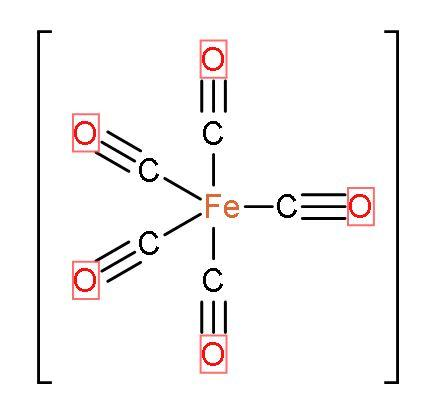
In
A.
B. both
C. ionic character
D.
Answer
504.6k+ views
1 likes
Hint: The
Complete step by step answer:
- In

Let us discuss the special type of bonding in
The special type of bonding is named as ‘synergic bonding’. The ligand
It back donates these electrons to the molecular orbitals of the ligand forming a

This creates a synergic effect between the metal to ligand which strengthens the bond between
So, the correct answer is “Option B”.
Note: One important point to keep in mind is that the metal atom donates its electron pairs to the antibonding MO of
Complete step by step answer:
- In

Let us discuss the special type of bonding in
The special type of bonding is named as ‘synergic bonding’. The ligand
It back donates these electrons to the molecular orbitals of the ligand forming a

This creates a synergic effect between the metal to ligand which strengthens the bond between
So, the correct answer is “Option B”.
Note: One important point to keep in mind is that the metal atom donates its electron pairs to the antibonding MO of
Recently Updated Pages
Master Class 11 Economics: Engaging Questions & Answers for Success

Master Class 11 Business Studies: Engaging Questions & Answers for Success

Master Class 11 Accountancy: Engaging Questions & Answers for Success

Master Class 11 English: Engaging Questions & Answers for Success

Master Class 11 Computer Science: Engaging Questions & Answers for Success

Master Class 11 Maths: Engaging Questions & Answers for Success

Trending doubts
Which one is a true fish A Jellyfish B Starfish C Dogfish class 11 biology CBSE

State and prove Bernoullis theorem class 11 physics CBSE

1 ton equals to A 100 kg B 1000 kg C 10 kg D 10000 class 11 physics CBSE

In which part of the body the blood is purified oxygenation class 11 biology CBSE

One Metric ton is equal to kg A 10000 B 1000 C 100 class 11 physics CBSE

Difference Between Prokaryotic Cells and Eukaryotic Cells




